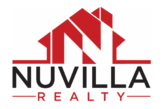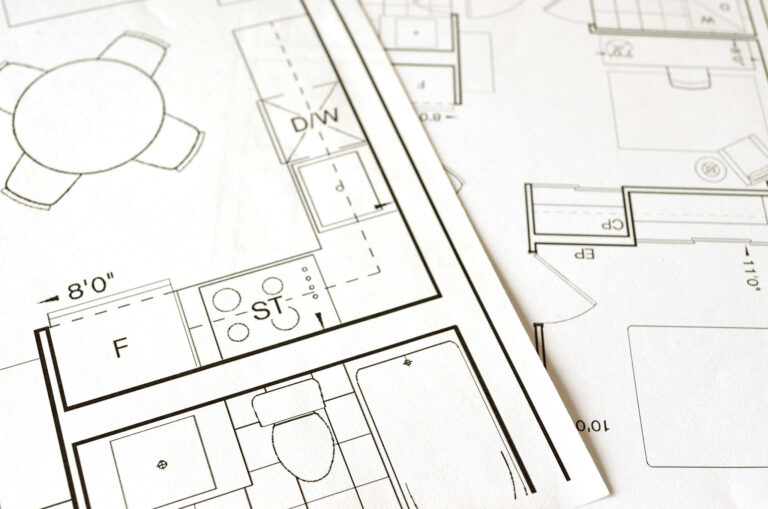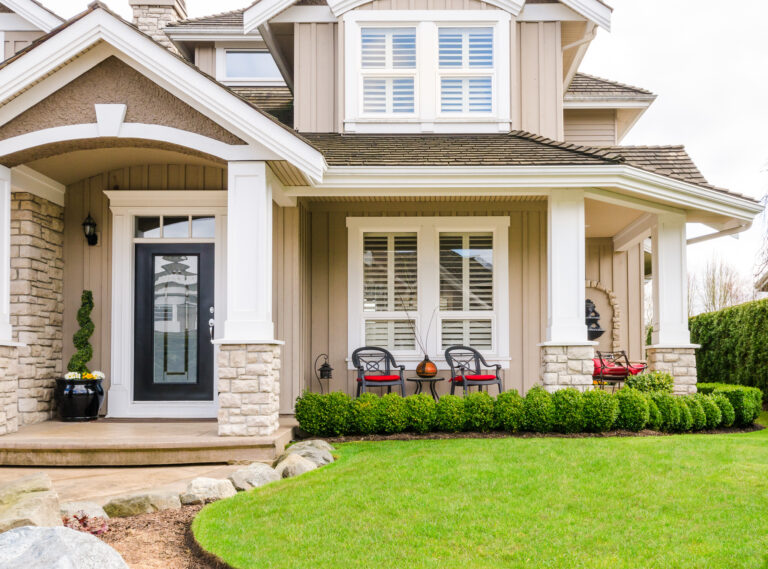Mortgage Insurance: What It Is And Why It Matters
When you’re buying a home, there are a lot of terms and concepts thrown around, and one that often confuses many homebuyers is mortgage insurance. While it may seem like just another cost in the complex process of homeownership, understanding mortgage insurance and its role can help you make more informed financial decisions. In this blog post, we’ll break down what mortgage insurance is, why it exists, the different types, and how it affects your mortgage payments
What Is Mortgage Insurance?
Mortgage insurance is a policy that protects the lender if you, the borrower, default on your mortgage payments. Unlike other types of insurance, which typically protect you or your property, mortgage insurance is designed to reduce the risk to the lender in case you can’t make your mortgage payments.
It’s important to note that mortgage insurance is usually required by lenders when a borrower makes a down payment that is less than 20% of the home’s purchase price. This is because a smaller down payment means the lender is taking on more risk by lending a larger percentage of the home’s value.
Why Does Mortgage Insurance Exist?
Mortgage insurance exists primarily to make homeownership more accessible. Without it, lenders might be less willing to offer mortgages to buyers who can’t afford a 20% down payment, effectively shutting out many first-time homebuyers and those with limited savings.
By requiring mortgage insurance, lenders can provide loans to a broader range of borrowers while mitigating their own risk. This has the added benefit of allowing borrowers to purchase homes with lower down payments, sometimes as low as 3% of the purchase price.
Types of Mortgage Insurance
There are different types of mortgage insurance, and the kind you may encounter depends on the type of mortgage you’re obtaining:
1.Private Mortgage Insurance (PMI):
• PMI is the most common form of mortgage insurance for conventional loans. If you’re putting down less than 20% on a conventional mortgage, your lender will likely require PMI.
• PMI premiums can vary based on several factors, including the size of your down payment, the loan amount, and your credit score.
• PMI can be paid in different ways: as part of your monthly mortgage payment, as a one-time upfront premium at closing, or a combination of both.
• One advantage of PMI is that once you’ve paid down enough of your mortgage to reach 20% equity in your home, you can typically request the lender to cancel PMI.
2.FHA Mortgage Insurance Premium (MIP):
• If you’re obtaining a loan through the Federal Housing Administration (FHA), you’ll be required to pay FHA mortgage insurance, known as a Mortgage Insurance Premium (MIP).
• FHA loans are popular among first-time homebuyers and those with lower credit scores, as they allow for down payments as low as 3.5%.
• Unlike PMI, FHA MIP is required for the life of the loan unless you refinance into a conventional loan.
• FHA MIP includes both an upfront premium (usually rolled into the loan) and an annual premium that is paid monthly.
3.VA Loan Funding Fee:
• While not technically mortgage insurance, the VA Loan Funding Fee serves a similar purpose for loans backed by the Department of Veterans Affairs (VA).
• VA loans don’t require traditional mortgage insurance, but the funding fee helps offset the cost to taxpayers of the VA loan program.
• The fee is usually a percentage of the loan amount and can vary based on factors like whether it’s your first VA loan and the size of your down payment.
4.USDA Loan Guarantee Fee:
• Like VA loans, USDA loans (backed by the U.S. Department of Agriculture) don’t require mortgage insurance but instead charge a guarantee fee.
• This fee is typically lower than FHA or conventional mortgage insurance costs and can be rolled into your loan amount.
How Does Mortgage Insurance Affect Your Mortgage Payment?
Mortgage insurance is an additional cost that you’ll need to factor into your monthly mortgage payments. For example, with PMI, your monthly payment might include your loan principal, interest, property taxes, homeowners insurance, and PMI premiums.
While the exact amount you’ll pay for mortgage insurance varies based on several factors, it’s typically a percentage of your loan amount. This percentage can range from 0.3% to 1.5% of the original loan amount annually, depending on the type of loan, your down payment, and your credit score.
Can You Avoid Mortgage Insurance?
There are a few ways to avoid paying mortgage insurance:
1. Make a 20% Down Payment: The most straightforward way to avoid mortgage insurance is to put down at least 20% of the home’s purchase price.
2. Piggyback Loans: Some borrowers use a second mortgage (often called a piggyback loan) to cover part of their down payment. This allows them to avoid PMI on the primary mortgage, though it introduces another monthly payment.
3. Lender-Paid Mortgage Insurance (LPMI): In some cases, the lender might offer to pay the mortgage insurance for you in exchange for a slightly higher interest rate on your loan. This can be beneficial if you plan to stay in your home long-term.
4. Refinancing: If you’re currently paying PMI, once you reach 20% equity in your home, you can refinance your mortgage to eliminate PMI.
The Bottom Line
Mortgage insurance might not be the most exciting aspect of home buying, but it plays a crucial role in helping many people achieve the dream of homeownership. By understanding what mortgage insurance is, why it exists, and how it works, you can better navigate your home buying journey and make more informed financial decisions. Whether you’re a first-time homebuyer or refinancing an existing mortgage, knowing the ins and outs of mortgage insurance can save you money and stress in the long run.
Feel free to reach out to us directly if you have any questions at all 281-352-9972. You can also find a contact page HERE.





